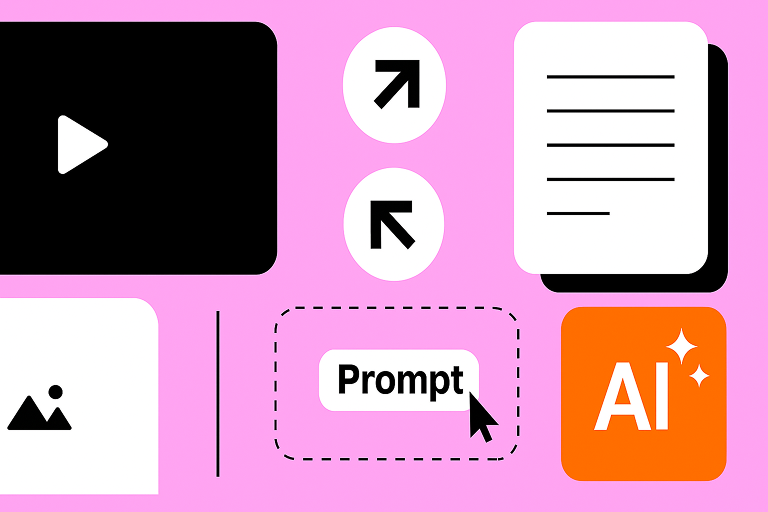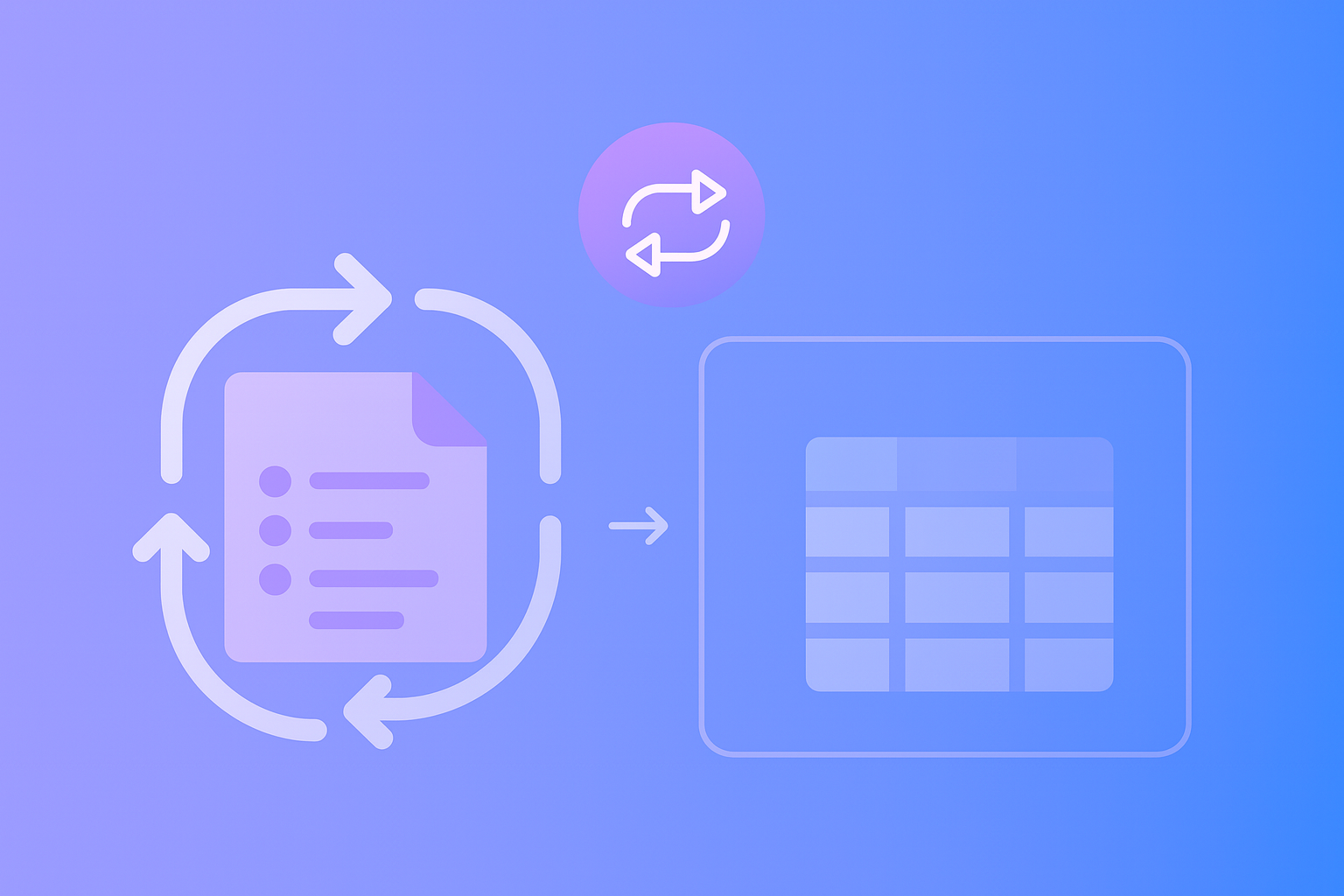For HR, operations, finance, or IT teams, workflow automation has long been essential to improving efficiency. However, traditional process building is often complex and time-consuming, requiring manual field setup, logic definition, and node configuration.
Now, with just one sentence, you can generate a complete workflow.
That’s the power of Yeeflow’s new AI Workflow Builder:
- Generate forms and workflows from natural language or uploaded documents
- Automatically create approval steps, task assignments, and conditional logic
- Support visual editing with no coding required
Let’s explore how it works through real-world use cases and how different departments can benefit.
Scenario 1: Business Travel Request Automation
Use case: The operations team needs a travel request form that automatically routes through the department manager, finance, and admin for approval.
In the AI Builder, the admin simply enters:
"Create a travel request workflow with fields for departure date, destination, purpose, and estimated cost, and approval by manager and finance."
Then selects a layout and control style, clicks Generate, and the AI will:
- Build a form with the necessary fields
- Generate an approval flow with task assignment nodes
After generation, you can refine:
- Approval roles and conditions (e.g., “If amount > 1000, require director approval”)
- Notification settings and trigger rules
Scenario 2: Generate a Workflow from a Requirement Document
If you already have an internal process document (PDF or Word), you can upload it directly.
Yeeflow’s AI will recognize field definitions and workflow logic, then automatically generate a structured form and matching workflow. This is especially useful when formal documentation already exists.
Tips for high-quality input: To get the best results, try to include the following elements in your document:
- Field Definitions: Clearly list all required form fields. For each field, note its name, control type (e.g., text box, dropdown, date), and whether it is required.
- Business Context: Briefly explain what the workflow is for—for example, “This is used for employee domestic travel requests.”
- Approval Steps: Outline the full approval chain. Specify each approver’s role and the order in which they should review—for example, “Step 1: Manager → Step 2: Finance.”
- Conditional Logic (Optional): Include any rules such as “If the amount exceeds $10,000, require Director approval.”
- Workflow Diagram (Optional): A simple visual diagram helps. You can use tools like Visio, Draw.io, or even a hand-drawn sketch to show the sequence and decision points.The clearer and more structured the document, the more accurate the AI-generated results.
The clearer and more structured the document, the more accurate the AI-generated results.
Scenario 3: Smart Logic with Conditional Paths and Connectors
AI Workflow Builder doesn’t just create linear processes—it can handle logic branching and structural merging.
- Inclusive Gateway Action: Creates multiple approval paths based on conditions. For example:
“If amount > 10,000 → Director Approval, else → Finance Approval”
- Connector Action: Used to merge multiple execution paths or organize the workflow without user interaction. It ensures clean and logical flow transitions.
This enables workflows to support:
- Parallel approval by multiple departments (e.g., HR and IT)
- Dynamic routing based on logic
- Clean reconvergence after conditional or parallel paths
When Should You Use the AI Workflow Builder?
Use AI Builder when:
- You need a prototype quickly
- You have a business process but no technical resources
- You want to digitize paper or email-based workflows fast
Typical use cases include:
- HR: onboarding, leave requests
- Finance: expense claims, purchase approvals
- Legal: contract reviews, compliance checks
What Happens After Generation?
Once the workflow is generated, you can:
- Refine field labels and layout in the visual form designer
- Review workflow steps, approvals, and conditions
- Click publish to deploy the workflow into use
Conclusion: From Request to Automation—All in Minutes
AI Workflow Builder makes process creation faster and smarter. Without writing code, you can turn a sentence or document into a working form and workflow—saving time and reducing errors.
Whether you’re an operations leader, HR manager, or IT administrator, AI can help you turn business intent into a functioning automated system.
Try Yeeflow’s AI Workflow Builder today and discover what you can automate!
For more detailed guidance, visit: AI Builder Help Center Article



.png)



